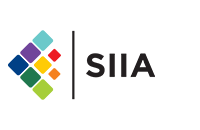Like anything else these days, ...
‘Innovation Needs to Be Embedded’; As Times Change, Are Our Ideas Keeping Up?
“Different actors require diff ...
‘My Strategy Has Been Constant Communication’; IMPACT Award Winner Alayna Hyler Leads by Example at Questex
In the last of our series on o ...
‘Educating Subscribers on the Depth of Coverage’; Add These Ideas to Your Rules of Engagement
“We are redefining the rules o ...
‘The Chance to Break That Pattern’; Neal Award Winners Set Bar High for DEI Coverage
Diversity and inclusion have s ...





